Introduction.
The nation is one and unique by essence. And it arises from the commitment of the citizens to live in community. And it is kept and preserves in the defense of this union, which is loved, against his enemies of inside and outside. A nation is provided with one social politics selfconsciousness. And collaborate to create and support it the history, the tradition and the customs, and the own language and moral sense. And contribute secondly to it the own ethnia and the territory, that not always exist, specially the first one. This way, the territory of a country is not a nation. Nor it is not the inarticulate population of a territory under an only one government.
 «The Nation is stronger with the unity of his sons and the members of the families than by the military power».
«The Nation is stronger with the unity of his sons and the members of the families than by the military power».
Though the territory that occupies is necessary to give a nation the possibility of supporting a social administrative structure, that guarantees the exercise of his sovereignty. In spite of the «civilized» current times, all we know the problems and the discomforts that suffers the Kurdish people, deprived of a national own territory and «distributed» between Turkey, Syria, Iraq and Iran. One of the essential problems of the Kurds is that they form a part of despotic countries and, even, ethnically exclusive. This way, in these countries, they are considered to be citizens of secondclass, different, and, even, potentially dangerous, on having been always national minorities. But, endowed with a strong social cultural identity, which prevents his absorption by the rest of the national populations to whom they belong.
In a nation fit several not antagonists ethnias. Because his base is the life together conviviality, the respect and the rights and duties for all. And so long as they love this «harmonic set» of persons and his well-being, peace and jointly progress destinies.
When the nation is loved by his components and there exists in them the desire to serve and defend her in community, the concept of the motherland appears. Both ideas are interrelated essentially. And, the absence of the patriotism or the shame to practise it by members of a «social political community», leads to the defenselessness and the dismemberment of his nation, in major or minor degree. Being formed then «groups of associate individuals» with dissolvent ideas and interests of the naional group.
 GUARANTOR OF THE UNITY AND SYMBOL OF THE PATRIOTISM.
GUARANTOR OF THE UNITY AND SYMBOL OF THE PATRIOTISM.
It is not of surprising that the Defense Forces of a nation are, as institutions and in his members, which hoist, teach and practise the patriotism, as one of his essential virtues. Because it is possible only to die for what is loved. The Defense Forces of a nation are the specialized set of the «nationals or patriots» for the belligerent and complete Defense of his «national country«.
The common historical flow of live in unity, progress and peace.
In the XIVth and XVth century, the Castilian turns into the language of the State, entering in struggle with the educated Latin, to which it displaces. The «toledan dialect» will contribute the linguistic procedure to the Castilian. The Castilian prose spreads and puts the finished touches in the extensive literature of the High Middle Age. The advance of the Reconquest in the whole Andalusian territory, with his 4 small kingdoms of culture and Islamic religion, drived by the «unevenness in the centrifugal impulse» of the Christians, incorporated numerous words of Arabic root into the Castilian. Following a process of enrichment and idiomatic definition, progressive and extensive, similar to the already seen in previous stages. There appears Antonio Nebrija’s Grammar, which defines the new Spanish language.
During the 16th century, the Castilian, which happens to be the Spanish, turns into universal language. The Spanish is taking the role of literary language of the whole Spanish nation. Aragon, Valencia, Majorca, Catalonia and Navarre (incorporated in Castile in 1512), will keep an administrative autonomies tied to the Crown of Spain. The Spanish presence in Europe, for his character of great world power, and his expansion in the Americas, take to the incorporation in the Spanish of numerous European and indigenous words.In this final epoch, the Spanish acquires the essential of his current structure.
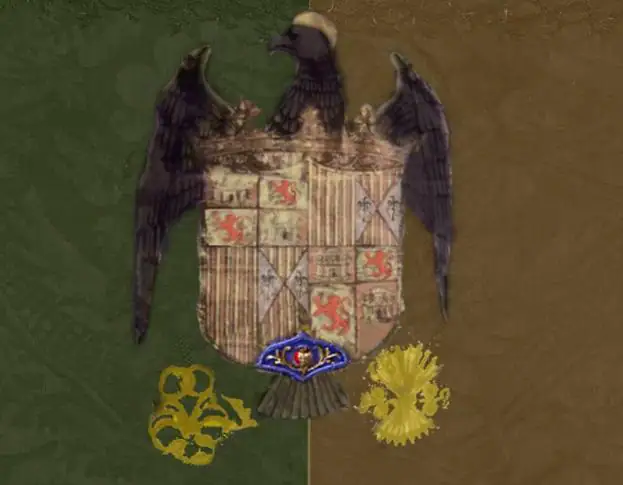 A reconstruction of the first known Spanish national flag carried by Gonzalo Fernández de Córdoba, the Great Captain, in Naples.
A reconstruction of the first known Spanish national flag carried by Gonzalo Fernández de Córdoba, the Great Captain, in Naples.
In this multiethnic and polycultural Nation that emerges with an immense vital force, all the Hispanic peoples made themselves big. In the 16th century all the inhabitants wanted to belong and to follow the paths of the Spains. Nation that arose in the desire of the royal subjects to coexist in her. And that was kept with his commitment to defend her in his concept and integrity.
There were not easy for Catalonia and Spain the times of Philip IV and the Count Duke of Olivares, Gaspar of Guzman, the favorite minister of the king from 1621. This had proposed to reform and stimulate the idea of Spain in the whole Kingdom and to recreate the Empire of Philip II. Spain had an enormous and long task ahead. But the capacities and the means were not at the needed height.
Philip IV was an apathetic and pusillanumous person. The program hit with a conformist and slow bureaucracy, called to realize it, and with the national oligarchies, called to follow it. Spain had wars and armed conflicts in all the Western Europe: in Germany, France, the Netherlands or Flanders, Italy and in the east and west parts of Spain. The soldiers, not always with good controls, were not fighting well. The Thirty Years War was continuing and in France, the cardinal Richelieu was arising as intelligent, tough and shrewd enemy of Spain.
The revolts of 1640 in Catalonia and Portugal (in December, the uprising of his oligarchies led to his final separation of Spain) were disastrous for the plans of Olivares. The revolt and Catalan secession or «war of the peasants» extended until 1652. It developed with the reforms of the Count Duke, to distribute and confirm the efforts of the peninsular regions in favor of the common interest. Till then, Castile had paid in a disproportionate way the expenses of the external commitments of the Habsburgs. The immediate reason of the rejection to these plans was that the Catalan oligarchy saw them as a threat to his historical freedoms. That actually were an administrative privileges of the medioevo, centred on that they forbid the Catalan troops to serve out of the Principality.
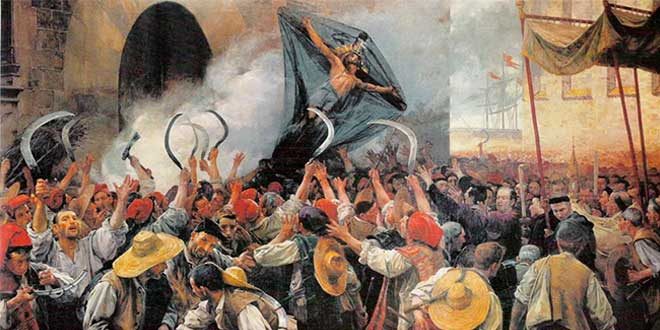 The beginning of the «Peasants Revolt» on the Corpus Day.
The beginning of the «Peasants Revolt» on the Corpus Day.
The frictions between the population and the exiguous forces quartered in Barcelona took to the raising of June, 7 (day of the Corpus Christi), that was generalized and extended by the whole Catalonia. This derived in a revolution of the poor and peasants against the nobles and the rich ones or Catalan oligarchy. Soon, this one recovered part of the control and asked for help and protection to France. Richelieu did not lose the opportunity to debilitate Spain and supported the seditious.
But, the Frenchmen, with his protectorate, made themselves immediately more onerous and greedy for the Catalans that Spain. For example, flooding the region of French highly rival products. This way, the Catalan oligarchy, which without a few clear and pondered aims, proposed to damage the Spanish Empire, harmed, with his senseless action and without the minor consideration, the Catalan people and his Principality. The cooling of the shock with France and the end of the Thirty Years War, allowed to send a Hispanic army who occupied easily Barcelona, in 1651.
In the Succession War of Spain of 1714, Catalonia fighting close to Spain, supported the Habsburg candidate, who was the dynastic line of succession. If was reigning the Borbon, of the royal French dynasty, a new dynasty was accepted and imposed in the royal Spanish throne. This would join us to France for temporal «family agreements», which not always would be favorable or neutral for the Spanish nation. We have the case of Carlos III, with very useful prime ministers for the Kingdom and with a personal behavior that, for discreet, was good. Which, before, when he was king of Naples, was humiliated by the Royal Navy. And that immediately of ascending to the throne, established a family agreement with France, which took us in 1763 to an unnecessary and bad war with England.
Gained the civil war by Philip V, whose troops had access by our ground borders, Catalonia was occupied by his troops. But, again, Catalonia received the treatment that his importance was deserving in the Spanish nation. And, prompt, the Decrees of New Plant and other administrative dispositions were favoring it in the flow of life of the Hispanic peoples.
 Catalonia fights in 1714 for the dynastic continuity in Spain.
Catalonia fights in 1714 for the dynastic continuity in Spain.
The Fathers of the Motherland are not his owners.
To believe themselves is a common perception of the despots and «modern national liberators«. It has his origin in the conduct of the satraps and absolute ancient monarches. And it is reinforced furthermore when, as in the Islam, the religion consolidates and sustains also the political power that they exercise.
The dynastic corruption of the Pujol family, implicitly accepted by his followers and extras, for being the visible promoter of the modern «Catalan sovereignty», is one of the parasitic ivies that took possesion of the Catalan public moneys.
The commissions of even more than the famous 3% indicated by Pascual Maragall in the Parlament, gathered methodically by Convergence and Union, the party of the Catalan bourgeoises, has managed to cover with mud the Palace of the Lyceum. Party that was dissolved in 2016, with his impeded headquarters, and it re-turned in the PdeCat.
And a provincial institution of State condition, as is the Deputation of Barcelona, destined to help in his management the small municipalities with minor structures, turned aside around 12 million Euros, assigned by the National budget, to the members of the PdeCat party. Of which, the last 2 millions were destined to the aims of the international cooperation and development (operation Estela of the Spanish National Police, on May 25).
(TO BE CONTINUED)






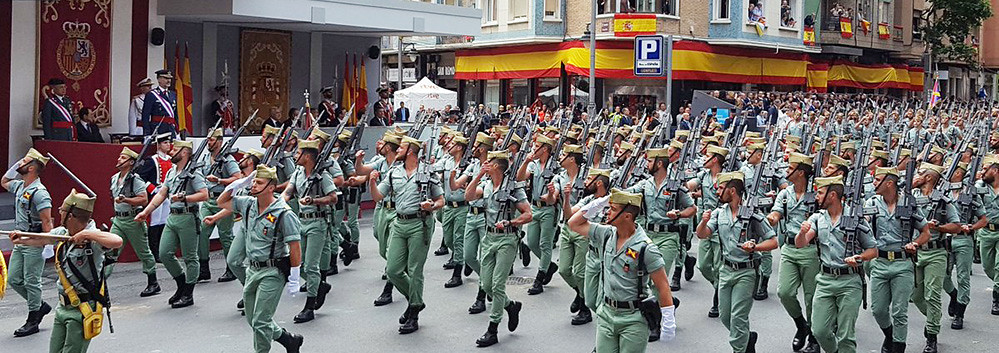
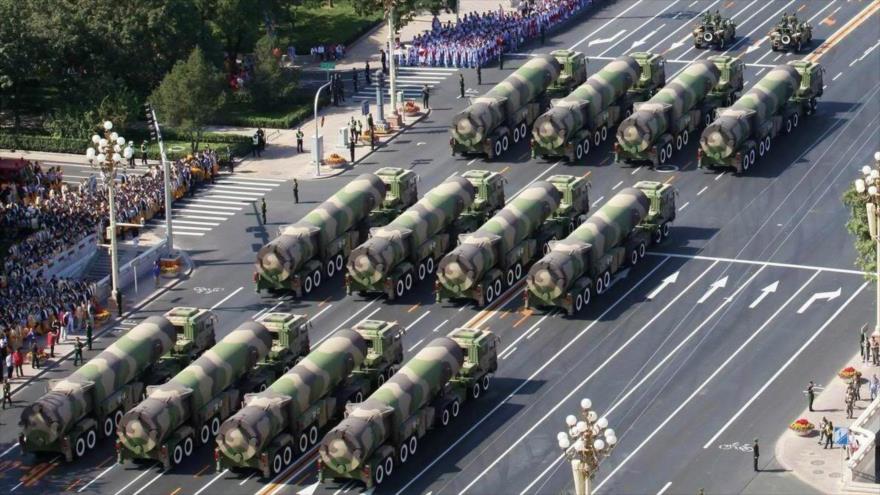


 THE DRIVING FAMILY OF A SPURIOUS CATALAN NATIONALISM, DEFENDER OF A PLUTOCRAT HIGH CLASS AND FAR FROM THE REAL HISTORY OF SPAIN AND CATALONIA.
THE DRIVING FAMILY OF A SPURIOUS CATALAN NATIONALISM, DEFENDER OF A PLUTOCRAT HIGH CLASS AND FAR FROM THE REAL HISTORY OF SPAIN AND CATALONIA.
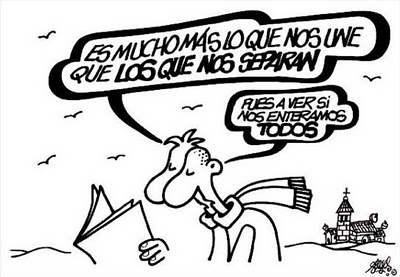
 GUARANTOR OF THE UNITY AND SYMBOL OF THE PATRIOTISM.
GUARANTOR OF THE UNITY AND SYMBOL OF THE PATRIOTISM. A reconstruction of the first known Spanish national flag carried by Gonzalo Fernández de Córdoba, the Great Captain, in Naples.
A reconstruction of the first known Spanish national flag carried by Gonzalo Fernández de Córdoba, the Great Captain, in Naples. The beginning of the «Peasants Revolt» on the Corpus Day.
The beginning of the «Peasants Revolt» on the Corpus Day. Catalonia fights in 1714 for the dynastic continuity in Spain.
Catalonia fights in 1714 for the dynastic continuity in Spain.